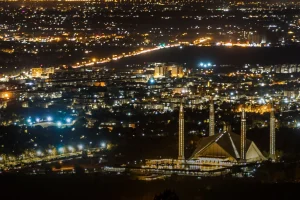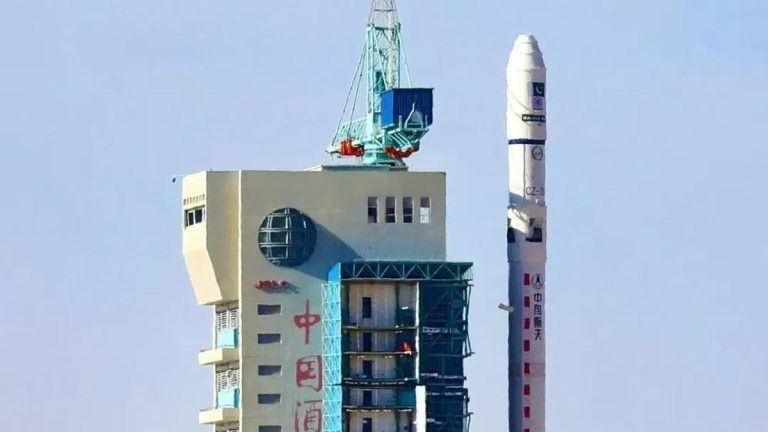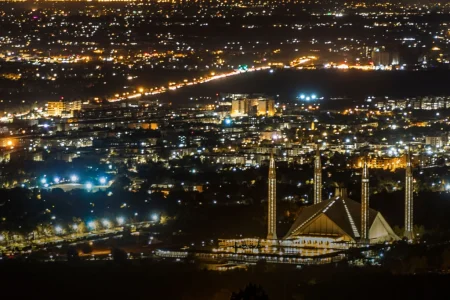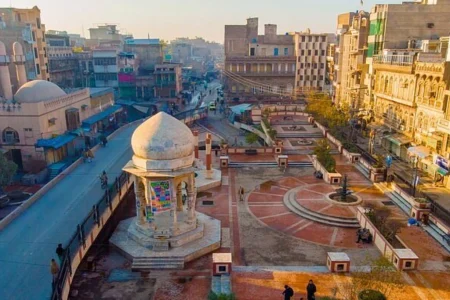Pakistan has achieved a historic milestone with the launch of PRSC‑EO1, its first domestically developed earth‐observation satellite. Built by SUPARCO and launched on January 17, 2025, from China’s Jiuquan Satellite Centre, this 1‑meter resolution satellite marks a major leap in Pakistan’s space capabilities.
What Is PRSC‑EO1 and What Will It Do?
For the first time, Pakistan has its own high-resolution satellite that lets us see what’s happening across the country — from above. It’s now possible to monitor how cities are spreading, observe crop health during key stages of the season, and notice early signs of environmental damage. This kind of detailed imagery wasn’t easily accessible before, but with PRSC-EO1, the data is in our hands. And the best part? No more waiting on foreign agencies for data. With PRSC‑EO1, local planners, researchers, and even farmers can get fast, accurate satellite imagery whenever they need it. It’s a game‑changer in planning, environmental care, and disaster response across Pakistan.
PRSC‑EO1 Satellite: What It Does for Pakistan
| Purpose | Details (Humanized) |
| Agriculture & Food Security | In a country where farming supports nearly half the population, having real-time information on soil condition, crop health, and irrigation needs can be a game-changer. PRSC‑EO1 gives that data, allowing for smarter farming and better yield forecasts. |
| Disaster & Environment Monitoring | From seasonal floods to rapid deforestation, the satellite helps track such events as they unfold. Officials get updated images they can actually use—whether it’s reacting to emergencies or long-term city planning. |
| Self-Reliance in Space Data | Pakistan used to depend on foreign satellite imagery, which came with limits. Now, the country has its own system, making data collection faster and more affordable—plus, it’s fully in our hands. |
How PRSC‑EO1 Was Built and Sent into Orbit
| Development | Launch |
| The satellite was developed by SUPARCO with help from Chinese space engineers and Pakistani experts. It wasn’t built overnight—it took collaboration and vision. | PRSC‑EO1 was launched from China’s Jiuquan site using a Long March‑2D rocket. The launch happened just days after PAUSAT‑1, showing momentum in Pakistan’s space ambitions. |
What is Next?
- Unlocking Real-Time Monitoring: Over the coming months, PRSC‑EO1 imagery will be made available to government agencies, universities, and possibly farmers’ networks.
- Boosting R&D: Its success may spur development of follow-up satellites, pushing Pakistan toward a future of independent space tech innovation.
- Spurring Digital Agriculture: When coupled with initiatives like the Land Information & Management System (LIMS), the satellite could dramatically enhance precision farming nationwide.







